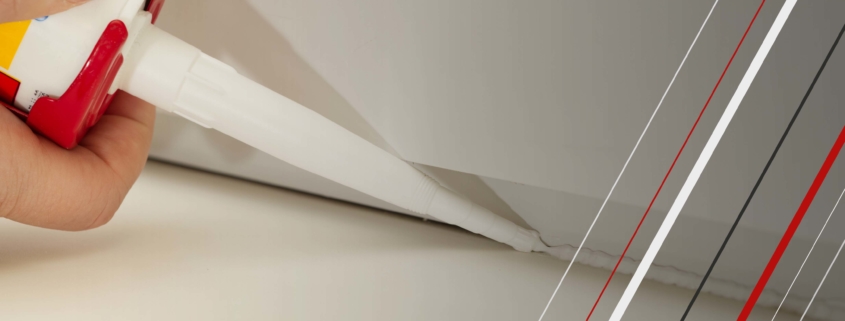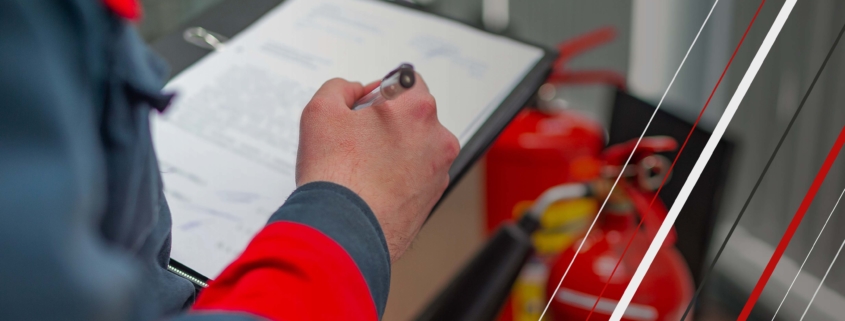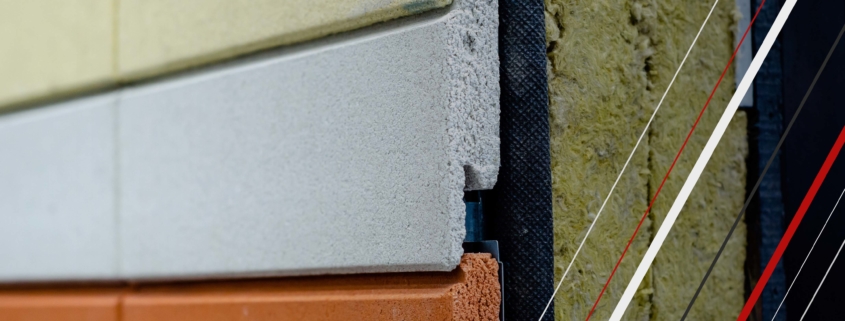Building with Safety in Mind: Exploring the Benefits of Fire Retardant Materials in Construction
/in Fire Protection, News /by JamesIn the realm of construction, safety is paramount. As architects and builders continue to innovate, integrating fire retardant materials into construction practices has become a crucial aspect of ensuring the longevity and safety of structures. In this post, we delve into the significance of fire retardant materials, their applications, and the positive impact they have on the safety and resilience of modern constructions.
- Understanding Fire Retardant Materials
Fire retardant materials are specifically designed to slow down or inhibit the spread of flames and reduce the combustibility of surfaces. These materials play a pivotal role in enhancing the fire resistance of buildings, providing valuable time for evacuation and minimising property damage in the event of a fire. - Applications in Construction
Fire retardant materials find applications in various components of a building, including structural elements, insulation, cladding, and interior finishes. By incorporating these materials into construction, architects and builders enhance the overall fire safety of the structure, meeting stringent building codes and regulations. - Enhanced Fire Resistance
The primary benefit of fire retardant materials is their ability to enhance the fire resistance of construction materials. From timber and steel to insulation and coatings, these materials significantly reduce the risk of fire-related incidents, offering a higher level of protection for both the occupants and the structure itself. - Compliance with Building Codes
Building codes and regulations often mandate the use of fire retardant materials in specific applications. By incorporating these materials, construction projects not only meet legal requirements but also contribute to the overall safety and well-being of the community. - Extended Escape Time
One of the key advantages of using fire retardant materials is the extension of the time available for occupants to evacuate a building in the event of a fire. This can be critical in emergency situations, allowing for a safer and more orderly evacuation process. - Preservation of Property
Beyond human safety, fire retardant materials also contribute to the preservation of property. By slowing down the spread of flames and reducing the intensity of a fire, these materials help minimise damage, resulting in lower repair and reconstruction costs for property owners. - Innovation in Fire Retardant Technologies
As technology advances, so does the field of fire retardant materials. Ongoing research and development efforts continue to bring forth innovative solutions that not only improve fire resistance but also address environmental concerns and sustainability in construction.
In a world where safety is paramount, the integration of fire retardant materials in construction is a proactive step toward creating resilient and secure structures. At Broadsword, we recognise the significance of these materials in safeguarding lives and property. As we build for the future, our commitment to incorporating the latest advancements in fire safety remains unwavering, ensuring that our constructions stand tall, not only in form but also in the face of unforeseen challenges.
If you would like to discuss fire retardant materials with one of our experts, please get in touch for a consultation.









